Hey, you there. Well come on over here and sit down. You’ve been sending me resumes to critique, to take a look at and they are extraordinarily bad, hideous and I wanted to make a blog just so that in one shot, I could give you guys all a few basic tips to up your game.
As being a technical recruiter, I have come across hundreds of candidates whose resume writing skills were pathetic. So, I am explaining, how to make perfect resume writing tips for technical jobs like Java Programmer, Front End Developers, Testers, Analysts, etc.
One thing to know is that the technical resume is very different than the normal resume. There are few things that are different than if you’re new to the game, you’re not going to know about so I’ve seen hundreds of resumes myself and I feel that I can just give you a few basic pointers to help you guys get going.
Okay, so the other thing I want you to know is that I’m a recruiter. Okay, so recruiters are often the gatekeepers into a company, they’re perhaps the number one audience for your resume. Since I’m a recruiter, I really know necessarily what they’re looking for, what their side of the picture is. But there are a number of people who view your resume. I would say about three different people. The first group is the recruiters. After that, the resume goes to the hiring manager sometimes. The hiring manager has life experience, might take a look at your resume and decide whether to bring you on-site.
Then there’s a third group, the group I belong to. I’m just another interviewer. I’m the engineer, the developer, your colleague, I conduct the interview. Everyone’s looking for different things, so you need to craft your resume kind for three different audiences and you need to be able to hit all of them.
One key thing to note is that in tech, there are so many resumes. Hundreds of millions of resumes, actually. In order to really process them, people use photos.
Reading Lists
Resume Writing: 7 Important Tips For Getting Your Dream Job
Searchable Resume
So that’s tip number one. Make sure that your resume is easily searchable. You’re hitting those keywords. A lot of people will be doing this. The tech resume often has the skills and languages section that just list a bunch of keywords like C++, Java, JavaScript, MySQL, Python, PHP, Objective C, Swift, Android, iOS, Angular, Kotlin, just a whole bunch of different technologies that you think a recruiter may be looking for. As they’re trying to filter for a candidate for a specific role.
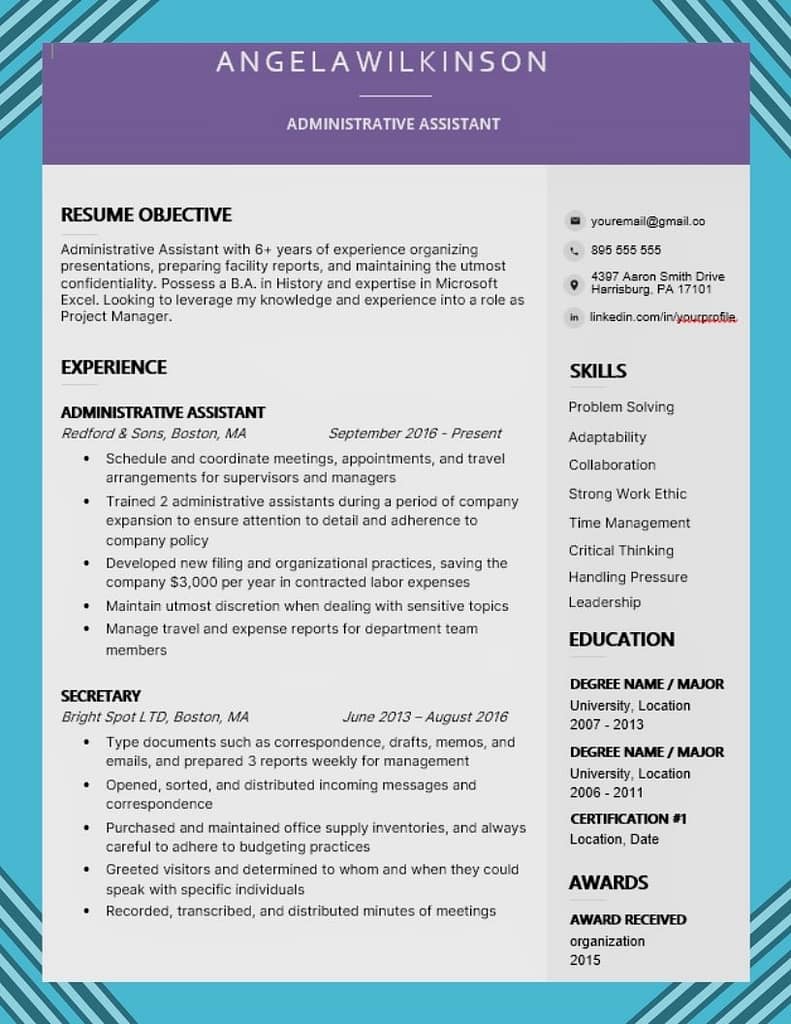
The section is generally prioritized from the most experienced to the least experienced. And this is something that I used to include in my resume as well. But we’ll see in a moment, why I actually decided to remove the skills and languages section from a resume. And I’ll tell you why, in a moment.
Less is More
The second tip is to remember that less is more. I strongly recommend that you keep your resume to just one page. The reason is that when I’m sitting across from you interviewing, I have your resume out there in front of me, that’s one page and I’m not going to be flipping through all the time.
I mean, sometimes I will be, but it’s better if there’s just one page with a concise list of things that we can talk about, that presents the best version of you. It’s just your highlights, and you’ll find that I think like even Steve Jobs just had a one-page resume, you know, like, how many pages do you really need? Take just the best highlights, and just show that.
Be concise and cut out anything that you think doesn’t really help your case. Many things can actually make you look worse, like listing things like you got certification level two in Microsoft Excel, may actually show that you are at a lower level than what you should be at because you had to actually go through all the steps to get that certification.
I would say it’s also okay to leave out certain positions, certain projects that you feel don’t really add to your case. You know, like if you’re an Uber driver, it’s a lot like photography. Everyone can take a good picture, but good photographers know which picture is good, and they only show that.
Formatting
Tip number three is, in my opinion, the less formatting the better. A lot of the really good tech resumes that I’ve seen look very similar to my resume. I’ll show a resume later on and you can just copy that format but once you start getting really creative and doing a bunch of different stuff like putting your photo on there, using multi-column layouts, using italics, crazy fonts, charts, pictures, you know, it just starts looking like amateur hour.
In this article, I have explained how you can update your resume precisely.
And then it starts showing that maybe you’re an insecure person, you’re trying to hide something, maybe you’re trying to distract me with all those flashy colors.
People who review resumes review hundreds of millions of them per hour. And they’ve developed a high sense of cynicism. So just show the facts. Also, I would say that a lot of these resumes get scanned and you want your resume to be scanner friendly.
So for me, I limit myself to just using bold fonts to highlight a few things that I think are worthy. Italics, I hear, don’t scan very well. I would also recommend that you export your resume in PDF format. A lot of people send me their resume in Microsoft Word, that Docx format, and then I struggle to try to open that. And right off the bat, my first impression is -you don’t really know what you’re doing.
You don’t understand your audience. You’ve delivered a format to me that is just not really widely used. One easy way to do this is you go into Google docs, write your document, export as PDF, and that’s what I do.
Be real in Resume
Tip number four is to try to avoid exaggerating too much. It is a real turnoff when I’m interviewing somebody, and I can tell that they’re just fronting themselves. If they’re doing that, I’m going to try and challenge them. I’m going to see if I can trick them, see if I can get them in their own trap that they’ve set out for themselves.
I want to make them prove themselves, show me that they’re really that good. It becomes very clear if they’re just exaggerating, they say they led some project, but then when I hear them talk about it, it’s not quite like that.
You know, not every role is looking for a senior or a lead. You know, if you’re fresh out of college, people are expecting that. They know that and the role is crafted for somebody of that caliber. That’s entry-level, and that’s fine. And for somebody like that, it’s far better to look like somebody who is just eager, excited, really passionate about learning.
They know that they don’t know everything yet. They’re humble, and they’re just really ready to learn. That’s great. That’s somebody that I’m looking for, instead of somebody who’s coming here, trying to act like they’re really smart like they’re arrogant like they know more than they are. And it seems kind of dis-genuine. Along with that, though, I might mention that you want to generally highlight your strengths, not your weaknesses. For myself for a long time, my resume was not actually in chronological order. I put the projects that I was most proud of, the ones I wanted to talk about the most, the ones that were most technically interesting, at the top of my resume.
And I think that’s fine. You know, it doesn’t necessarily have to be in chronological order.
Outstand in first 2 lines
Tip number five is to make sure that the first two to three items on your resume are ones that you can talk about at length. For me, when I sit down in front of a candidate, I want to talk to them a little bit. And usually, I only read the first, say, two to three items on your resume. Anything after that seems like old news to me.
And I might just pick the first item on the resume and ask you to tell me about it. You want to make sure that it’s understandable and doesn’t contain too much crazy technical jargon. Time after time, I’ve seen resumes and it’s using so many crazy words like “set up the orbits node x engine in order to prevent thruster failure”. I don’t even know what that means? I’m the type of person who will just say, well, if I didn’t understand that, it was your fault. You weren’t clear enough. If I have time, I’m going to try and get you to help clarify some of this technical garbage that you’ve put on your resume, but if there’s just too much of it, then I just can’t make any sense of it at all.
One key thing that everybody is looking for here is, what you did specifically. You want to make sure that that’s clear. It’s not about what your team did. It’s not about what your company is doing. It’s not about what that product is. That’s really irrelevant. It’s about what you did. And resumes contain so much fluff. Everyone’s always trying to sort through it to try to figure out -okay, this project was cool, the team was cool, but, were you cool? What did you contribute? What role did you play? You want to make sure you’re not using really weak verbs like participated in X, helped work on Y, and took part in Z.
You want to use words like implemented, developed, launched, architected, led, design, things like that.
Get Feedback for your resume
Tip number six is to get some feedback for your resume. You know, it’s funny that in my first few years I didn’t let anybody see my resume. That was private. I didn’t want my friends seeing it, I didn’t want my family seeing it. You know, this was something that was too close to who I was. It showed my weaknesses, my vulnerabilities and even to this day it’s funny that I don’t see the resumes of my family very often.
I think that it’s just such a shame that with a little bit of proofreading, you can really up to your resume game, you can get a lot of feedback.
People can point out things that make you look silly. You really want to make sure you get a spelling check and a grammar check on this stuff. I would suggest you, use Grammarly for checking your grammar. I would encourage you to make it kind of like a competitive game like, let’s see what my resume looks like, let’s see if we can give each other tips, who has the best resume, let’s try and see who can make the best one.
Cover Letter: A better way
Tip number seven is to do what I do. So check out a resume, you can check out the way I format it. For each position, I list the title, the company, the dates, the location, and then the short paragraph explaining what I did. Now the way I do it next to each project, I list the languages that I had used. And I think that this gives a clearer picture about how well I know the languages that I’m using, because if all you do is have a section that just lists the languages, you know, you may list that you know, Java. But the funny thing is everybody knows Java. Right?

The difference is how well do you know it? And if you can show that you’re using it extensively, time after time, over multiple years, well then, yeah, that’s going to show that your knowledge of Java is actually really good.
I personally hate reading these sections on the languages and technologies that you know, because then when I meet the candidate, I have to ask, okay, so how well do you really know this stuff? And, you know, the answer, at some point invariably comes to, yeah, I didn’t know this one really well, I just used it, you know, three times or something like that. And you know, that’s fine, but just doesn’t paint as clear of a picture as it should be. I like to list my interests and hobbies. It’s not really relevant, but I find that sometimes helps spark a little topic of conversation just for fun.
And I might also recommend that you think about the cover letter that you might write. When you send them the resume, you usually have a chance to introduce yourself a little bit, talk about something that you’ve done. That I think helps grab attention and helps the recruiter understand whether they should get you immediately or not.
If you’re able to explain why you should be prioritized, why you may be a good fit for this role, then definitely include that in the cover letter. It doesn’t really have to be formal. It can be pretty casual, I would say, actually.
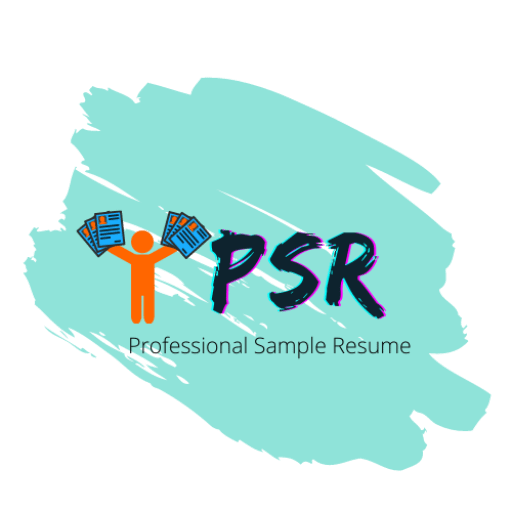
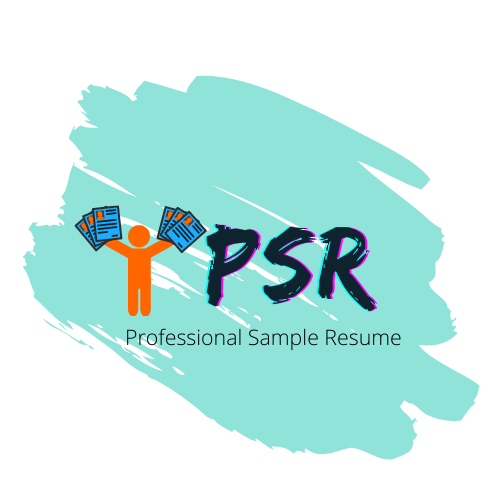
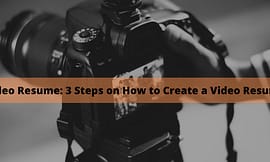
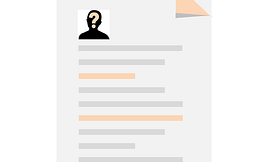

![Checklist: Job Applications for Employment [Step-by-Step Guide]](https://mly9jtuj6mmj.i.optimole.com/w:270/h:162/q:mauto/rt:fill/g:ce/f:best/https://professionalsampleresume.com/wp-content/uploads/2023/07/Mastering-The-Art-Of-Interview-Preparation-1.png)

